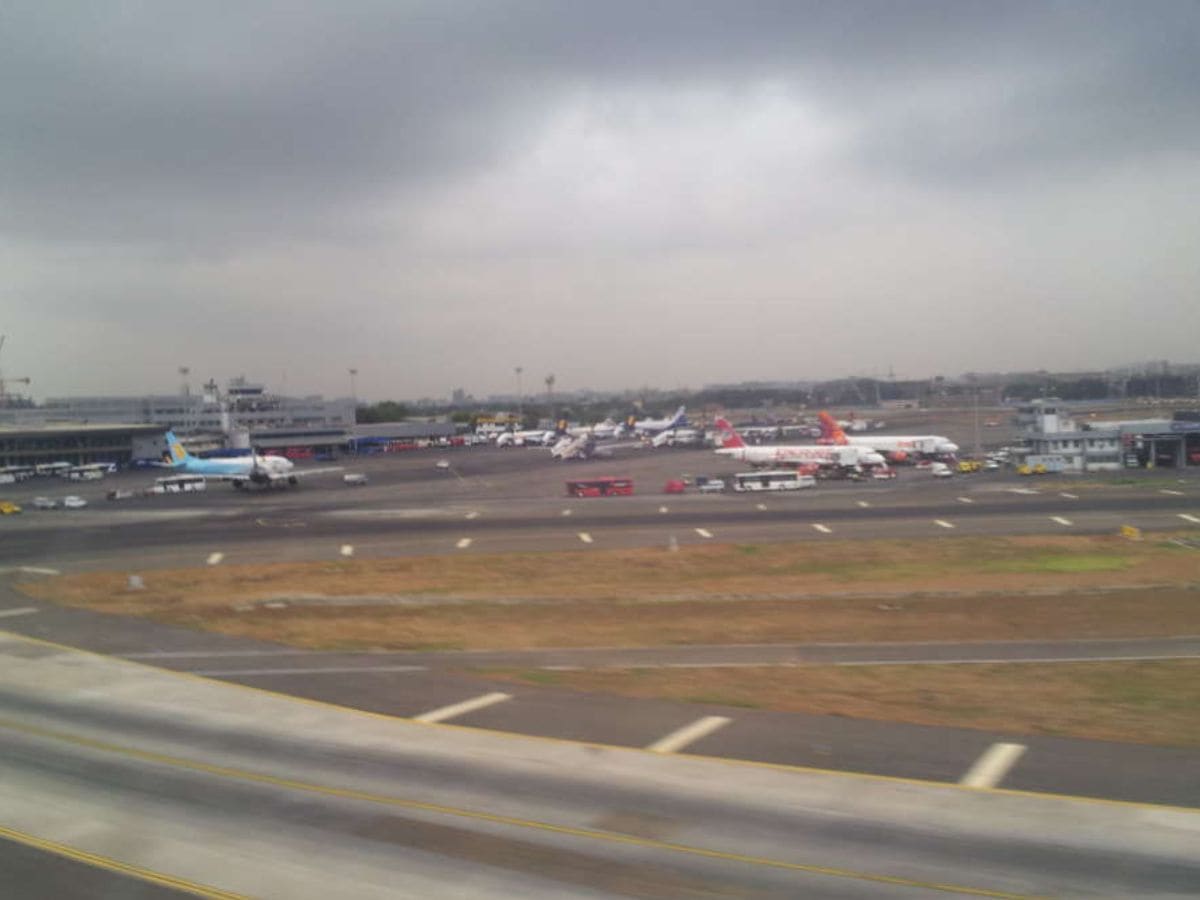
New Delhi: While clarifying the reason behind imposing flight curbs at the Mumbai airport, the Ministry of Civil Aviation (MoCA) on Wednesday said that due to congestion and excess capacity on its runways, flights are forced to hover over the city for a long duration of around 40-60 minutes, leading to traffic in air and burning of extra jet fuel.
“The staggering fuel consumption during these prolonged circling times has raised alarms, with an average aircraft burning approximately 2000 kilograms of fuel per hour,” said a senior MoCA official.
The ministry said that such delays lead to significant fuel wastage, ranging from 1.7 to 2.5 kilolitres of jet fuel, translating to a financial burden of around Rs 1.8 to 2.6 lakh per flight.
“This additional cost is anticipated to eventually trickle down to consumers, affecting both passengers and airlines adversely. Moreover, the inefficiency in airport operations results in longer wait times and inordinate delays, exacerbating the situation for all stakeholders involved,” said the official.
An analysis conducted by the Airport Authority of India identified a bottleneck during the High Intensity Runway Operations (HIRO) hours, particularly from 0800 to 1100 hrs. and 1700 to 2000 hrs., where the permitted air traffic nearly equaled that of the remaining 18 hours combined.
General Aviation and Military Aircraft operations further exacerbated the congestion, particularly during peak hours.
“The root causes of persistent congestion were attributed to excessive slot distribution with limited time margins by the airport operator, non-adherence to slots by airlines, and non-scheduled operations during peak hours. Despite the Airport Operator’s dual role as slot provider and manager, proactive measures to regulate air traffic movements were lacking,” said the official.
The official said that subsequently, the Ministry of Civil Aviation intervened, issuing directives to the airport operator through the Airport Authority of India (AAI) on January 2.
“These directives, communicated via Notice to Air Men (NOTAMs), restricted air traffic movements during HIRO and non-HIRO periods, reducing the number of permitted flights per hour. General aviation aircraft operations during HIRO periods were also curtailed,” said the official.
The government emphasised that these measures were essential to ensure airspace safety, operational efficiency, and passenger satisfaction. The Ministry underscored the need for immediate action by the Mumbai International Airport Limited (MIAL) to ensure compliance with the prescribed restrictions by all airlines.
Recognizing the necessity to strike a balance between the needs of airport operators and airlines, the Government of India reiterated its commitment to facilitating a seamless and fulfilling flying experience for passengers departing from Mumbai Airport.



